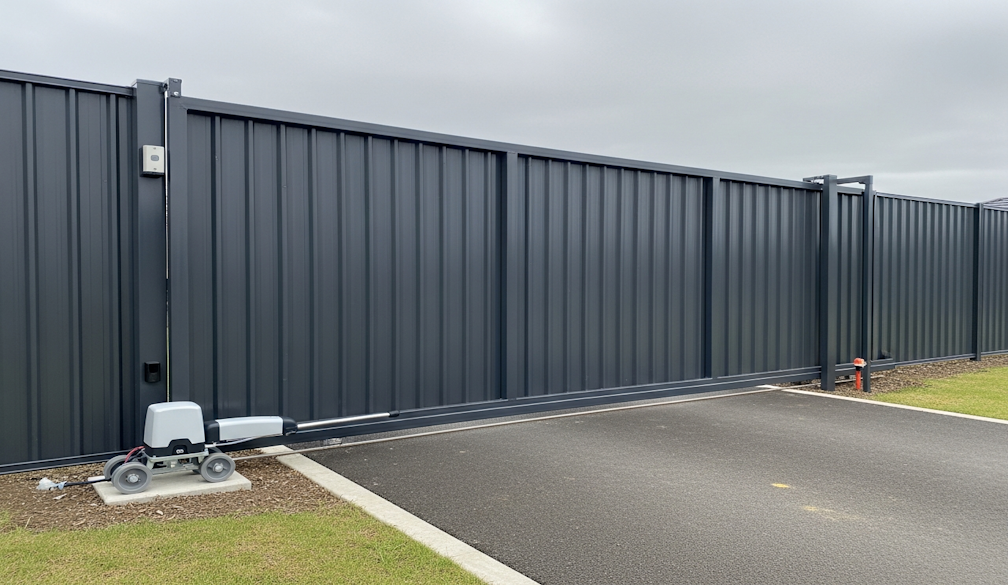The science of elite long distance running
- Written by Mark Connick, Postdoctoral Researcher in Paralympic classification and biomechanics, The University of Queensland
Sunday’s Gold Coast Commonwealth Games marathon will include exceptional elite-level marathon runners, including Kenneth Mungara, the Gold Coast marathon record holder and Australia’s Michael Shelley, who won the Gold medal at the Glasgow Commonwealth Games Marathon four years ago.
As marathons and other long distance running events are primarily about endurance, these elite runners must possess excellent cardiorespiratory fitness and efficient technique.
But there are many other factors that set elite runners apart from sub-elite and recreational runners - including training volume, body size, tendon function and the length and frequency of strides.
Read more: The uncertain origins of the modern marathon
Top distance runners have progressively conditioned their bodies over many years to tolerate an incredibly high volume of training, over 200km of running per week in some cases.
Elite distance runners complete most of this training at relatively low intensities which can equate to well over 10 hours of running each week.
Clearly, this amount of running places a huge physical stress on the body. However, with good management of training load, the accumulated physical stress leads to cardiorespiratory adaptations that facilitate progressively improved performance.
For instance, elite distance runners have higher maximum oxygen capacity (VO2max), indicating a greater ability to deliver and uptake oxygen in the muscles compared to sub-elite and recreational runners. Higher performing runners can also maintain a greater percentage of VO2max at faster velocities.
This is particularly beneficial to marathon running because the fastest runners complete the marathon at an intensity of 75% of VO2 max for the duration of the race. This is much higher than recreational runners who complete the marathon at 60% of VO2 max.
Elite distance runners also have better running economy compared to other runners, meaning they use smaller quantities of oxygen and energy to maintain a given speed.
Together, these physiological qualities allow elite distance runners to maintain higher velocities for a much longer period of time than other runners.
Ideal anatomy and optimising biomechanics
Both anatomical and biomechanical factors affect distance running performance. Anatomy refers to the the actual structure of the body, while biomechanics describes the motion of living organisms.
Runners who are smaller in stature and muscle mass, for instance, are better adapted to distance running than other running specialists like sprinters and middle-distance athletes who tend to be more muscular.
Faster distance runners also tend to have lower body mass index and reduced body fat than their slower counterparts.
More efficient biomechanics leads to improved running economy and reduces the risk of running-related injuries.
Read more: Can genetics explain the success of East African distance runners?
The length and frequency of strides defines running speed. But stride length has been shown to have a greater influence on velocity than stride frequency, across a range of speeds.
Perhaps more surprisingly there is some debate as to whether stride length is related to our anatomy. Some studies find a link between stride length and height while others do not.
While there are many possible combinations of stride length and frequency to maintain a given speed, both elite and recreational runners select a stride that is within 3% of the most economical.
Just a 6% deviation is sufficient to significantly affect running economy. But the stride pattern can vary by a surprising amount even within a group of elite runners.
For instance in the 10,000 metres 2007 World Championships gold medalist Kenenisa Bekele adopted a relatively low stride frequency (approximately 186 steps per min) and a longer stride. Bronze medallist Martin Irungu Mathathi finished just seven seconds after Bekele but adopted a higher stride frequency (approximately 198 steps per minute) and a shorter stride.
Phases and tendons
The running stride can be broken down into a number of phases – the absorption phase is from the moment the foot contacts the ground to the point where the knee is at maximum flexion in mid-stance. The propulsion phase is from this point to the moment that the foot leaves the ground (toe off).
During the propulsion phase, the leg is pushing against the ground and the body is propelled forwards and upwards. Better runners reduce energy cost by optimising these forwards and upwards movements. This is done by aligning the direction of force with the axis of the leg during the propulsion phase.
On the other hand, less economical runners have relatively more upwards motion which is energetically wasteful.
The lower limb tendons of elite runners help to improve running economy and performance. The Achilles tendon and the quadriceps tendon are especially adapted for this purpose.
The Achilles is like a spring and acts to save energy and augment propulsion during the stride. It does this by stretching and storing energy during the absorption phase, and releasing the stored energy during propulsion to reduce the mechanical work required from the muscles.
Research indicates that these tendons are optimised for efficient storage and recoil of elastic energy in elite runners, allowing the muscles to operate at the optimal length for higher contractile strength.
Read more: How to find your best running style
The men’s and women’s marathon world records are currently 2:02:57 and 2:15:25.
To run this fast, elite runners possess a combination of inherent anatomical, physiological and biomechanical attributes that are optimised through large training volumes. These factors set them apart from sub-elite and recreational runners and they define the athletes racing at major championships.
But will these attributes determine who wins the Commonwealth Games marathon? In the context of winning an elite-level race such as the Commonwealth games marathon, the winner must of course be psychologically and nutritionally prepared.
However, the winner will no doubt have maximised their physiology and fully optimised their individual biomechanics over many thousands of kilometres in training.
Mark Connick is writing in a personal capacity and not on behalf of any organisation/s. Mark receives funding from The International Paralympic Committee.
Authors: Mark Connick, Postdoctoral Researcher in Paralympic classification and biomechanics, The University of Queensland
Read more http://theconversation.com/the-science-of-elite-long-distance-running-94490





















